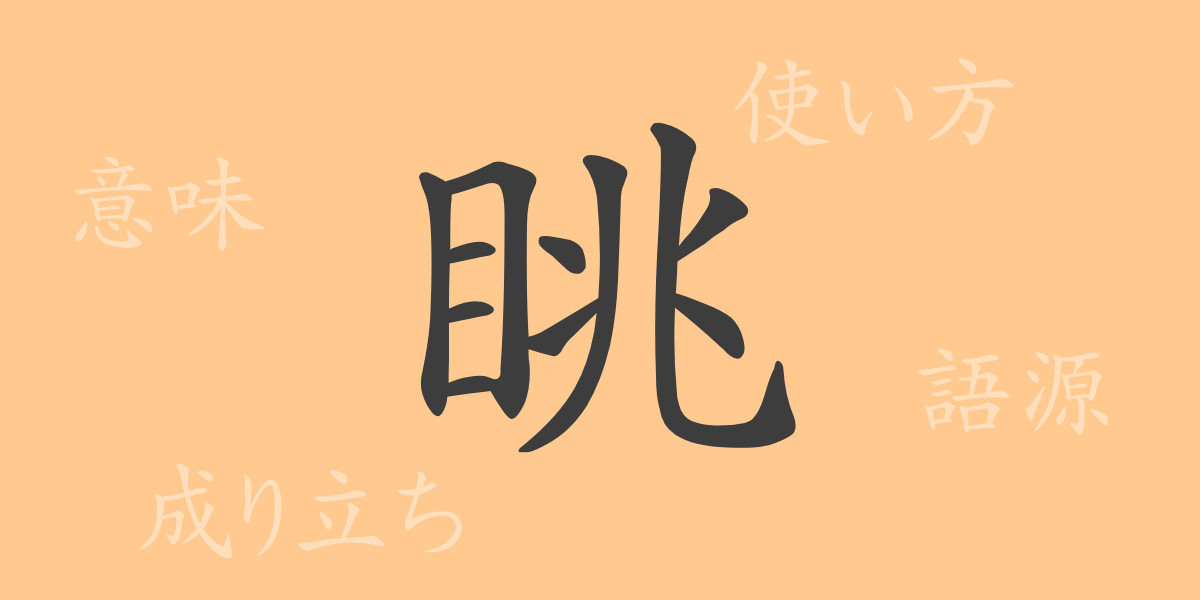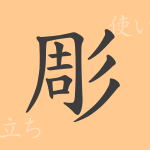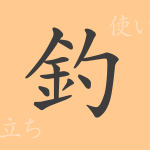The richness of the Japanese language is encapsulated in each Kanji, such as ‘眺(チョウ)’, which expresses the act of looking afar, providing peace of mind and new discoveries. This article delves into the Kanji ‘眺’, exploring its origins, meanings, applications, and the phrases and proverbs it features in, enhancing our understanding of Japanese culture.
Origins of ‘眺(チョウ)’
The Kanji ‘眺’ originated in ancient China, combining the radicals for ‘eye’ (目) and ‘sign’ (兆), illustrating the act of looking into the distance. Accepted in Japan with the same meaning, ‘眺’ is widely used to express both literal and figurative distant viewing.
Meaning and Usage of ‘眺(チョウ)’
‘眺める(なが.める)’ generally refers to gazing into the distance or looking down from a high place. Figuratively, it also encompasses contemplating future prospects. It is commonly used both for appreciating scenic views and for reflecting on future possibilities.
Readings, Stroke Count, and Radical of ‘眺(チョウ)’
‘眺’ offers insights into its pronunciation and composition:
- Readings: On’yomi ‘チョウ’, Kun’yomi ‘なが.める’
- Stroke Count: Comprised of 11 strokes.
- Radical: ‘目’ (eye), which is central to many characters related to sight and vision.
Phrases and Proverbs Involving ‘眺(チョウ)’
The Kanji ‘眺’ is featured in many idioms and proverbs, enriching its usage in Japanese:
- ‘眺望(ちょうぼう)’: Refers to the act of looking afar or the view itself.
- ‘眺望台(ちょうぼうだい)’: A high place or platform offering a good view.
- ‘遠眺(えんちょう)’: Looking over a distance.
- ‘高眺(こうちょう)’: Viewing from a high position.
These expressions are utilized in various contexts, from everyday conversation to literary descriptions.
Conclusion on ‘眺(チョウ)’
The Kanji ‘眺’ symbolizes the beauty of scenery and the aspirations for the future, embodying deep visual and emotional perceptions. As a common Kanji in Japanese, it adds color to our language, bringing depth to our expressions. Reflecting on the rich history and meanings behind ‘眺’ can enrich our appreciation of Japanese when we encounter it in daily life.

























